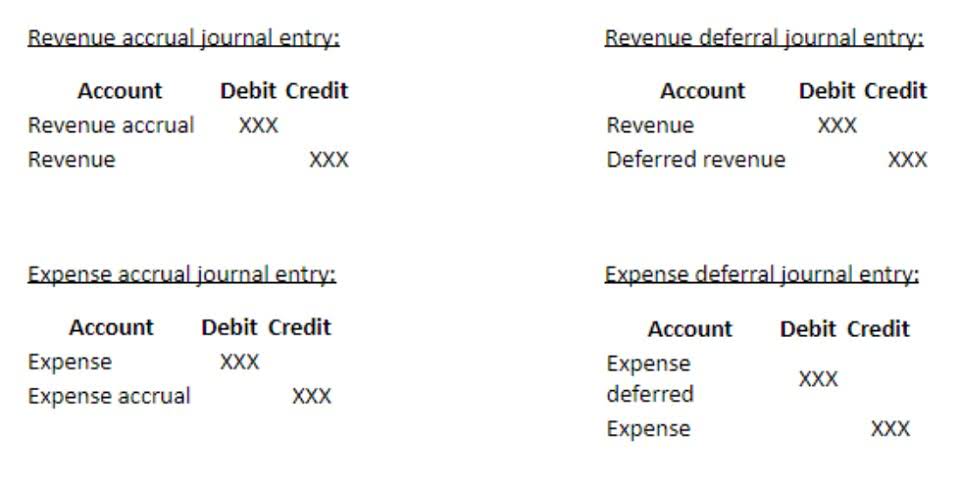Those with complex structures, including potential dilutive securities, must report both basic EPS and diluted EPS. Strike offers a free trial along with a subscription to help traders and investors make better decisions in the stock market. Management shares can provide certain advantages for investors, particularly regarding interest alignment, expertise, experience, and stability. On the other hand, investors should also carefully evaluate the potential disadvantages of management shares, such as conflicts of interest and a lack of responsibility. The number of shares outstanding of a company can be found in its quarterly or annual filings (10-Qs or 10-Ks).
Weighted Average Shares vs. Shares Outstanding
On the other hand, stock issuance occurs when a company issues more shares to the market, which increases the number of outstanding shares. This can occur when a company needs to generate funds via a public offering or private placement. The existing shares become less valuable since the same earnings are divided among more shares when the number of outstanding shares increases. The resulting number shows the total number of shares held by all market participants.
How Do I Know When a Stock’s Number of Shares Outstanding Changes?
Pinch works closely with students following department policies while providing shares outstanding formula excellent guidance to his students on navigating course content. Parker’s content knowledge is at an expert level, which captivates her class and has students listening, engaged, and connected to the material. The classroom pictures, displays and posters create a setting that’s culturally relevant and challenges students’ thinking simply by the design of the learning space. Her promotion of peer-to-peer interactions displays her commitment to best practices and effective pedological standards. Within his courses, Sonstroem utilizes innovative means to assist learners in better understanding events, themes, and trends within history.
Mary Michelle Willis – Educator Preparation Programs
The importance of outstanding shares stems from their ability to give information about a company’s financial situation and potential. Investors and analysts use outstanding shares as important statistics to evaluate a company’s performance and value. A company issues outstanding shares when it decides to raise funds by selling ownership in the company to investors. The company either issues new shares in accounting an initial public offering (IPO) or sells additional shares in a secondary offering.
- Management shares are owned by a company’s top managers or management team.
- If you’re a market beginner, learning the ins and outs of stocks will help you get started trading, and making money.
- The company can increase or decrease the number of shares outstanding by issuing new shares or via share repurchases (buybacks).
- Overall, the number of shares outstanding, the metrics you can calculate from it, and related metrics — like the float — provide key insights to investors.
- A company having larger number of shares outstanding will be much more stable than a company which has lower number of share outstanding.
Key Takeaways
In a 1-for-2 reverse split, however, the number of shares is divided by two, while the share price doubles. Reverse stock splits often happen when a company needs to keep its share price above a certain level in order to remain in compliance with an exchange’s listing requirements. The most commonly used stock split ratios are 2-for-1 and 3-for-1, meaning shareholders receive two or three additional shares for https://www.bookstime.com/ every share they already own. In a 2-for-1 split, for example, the number of outstanding shares doubles while the share price is cut in half.
- The same is true for convertible debt, which allows holders to either be repaid in cash or convert the debt into equity at a pre-set per-share price.
- The ownership of outstanding shares spreads among several shareholders, with no single shareholder controlling the company.
- In addition, most public companies don’t need to issue more shares, at least in the number required to bump up against the authorized maximum.
- They allow shareholders to vote on company decisions and collect dividends if declared but are the last to receive the assets in the event of bankruptcy.
- Her skills in data analysis enables her to tailor instruction to meet the needs of students and keep them engaged at a higher level.
- If all these warrants are activated, then XYZ will have to sell 100 shares from its treasury to the warrant holders.
Bankrate logo
Treasury stock is no longer outstanding — the company itself now owns it, not an investor or employee, but it has still been issued. Outstanding shares can refer to both types of shares, common and preferred, as they don’t represent a specific type of share but rather the total number of shares held by investors. They stand for the ownership stake in the company offered for sale on the public market and can be bought and sold at any time. Warrants are instruments that give the holder a right to purchase more outstanding stock from the company’s treasury.
- This value changes depending on whether the company wishes to repurchase shares from the market or sell out more of its authorized shares from within its treasury.
- Regardless of her class sizes, Noren is dedicated to providing personalized communication and tailored feedback to each of her students.
- The market cap is calculated by multiplying the current market price per share by the total number of outstanding shares.
- The company hasn’t taken action yet; it’s just gotten approval to take action and sell some shares if it chooses to.
- Preferred stock is a special class of shares that is generally considered a hybrid instrument, including properties of both a debt and equity instrument.
Companies issue non-voting shares to raise finance while preserving voting power in a small group of shareholders, usually the founders or management team. Redeemable shares are ideal for individuals seeking a lower-risk, fixed-income investment. Investors should be aware of the restricted potential for capital appreciation and the possibility of a price discount when the shares are redeemed. A company can issue seven different types of shares, depending on its specific needs and aims.







